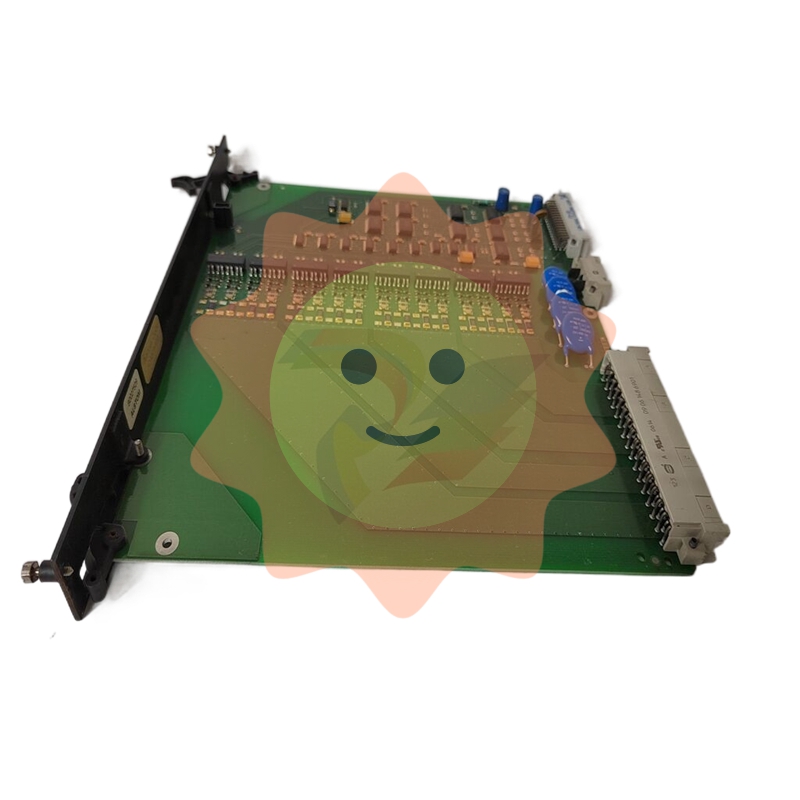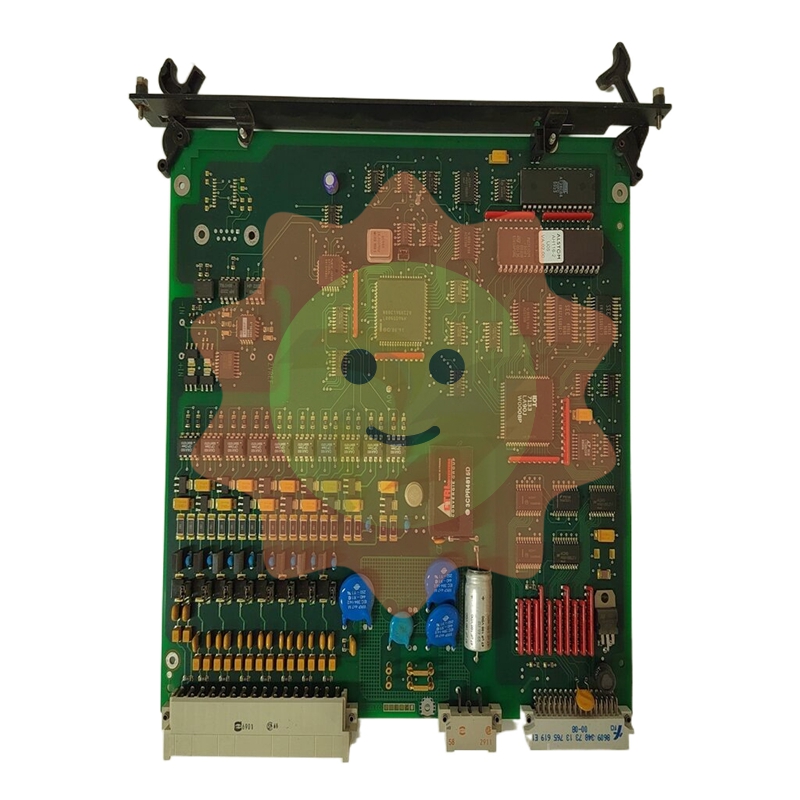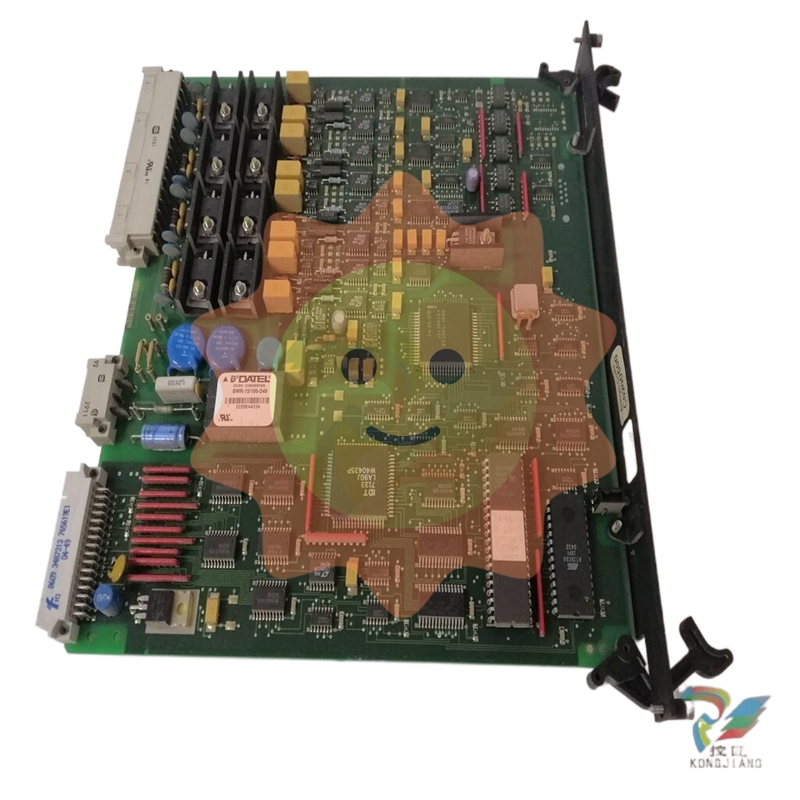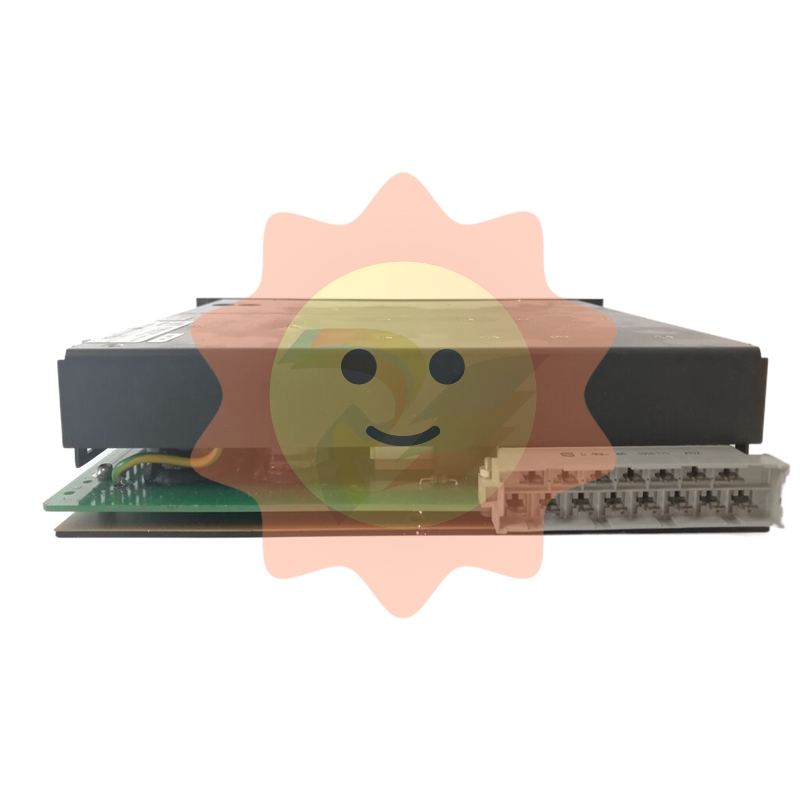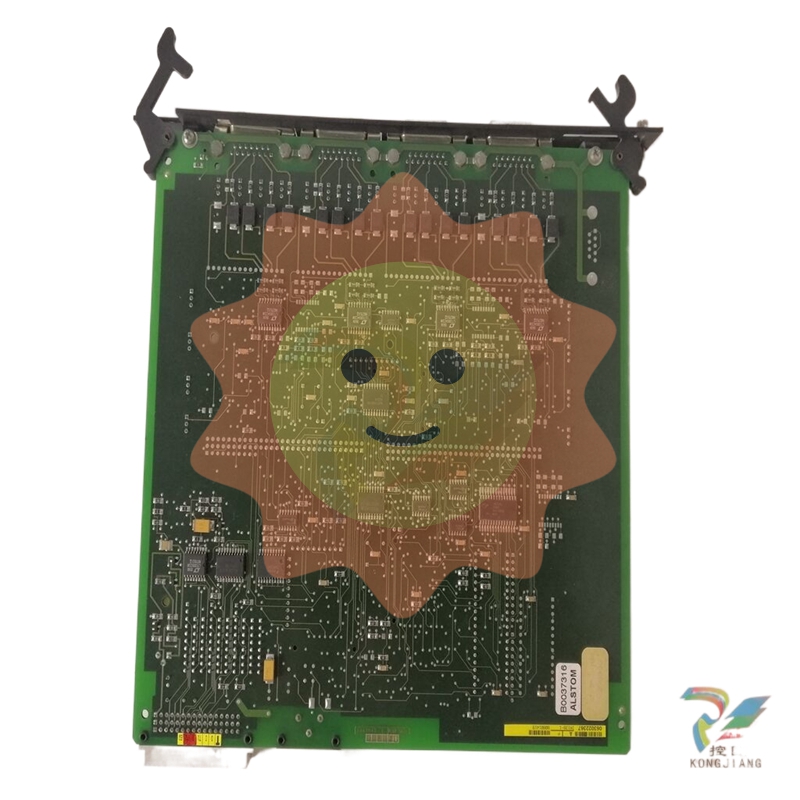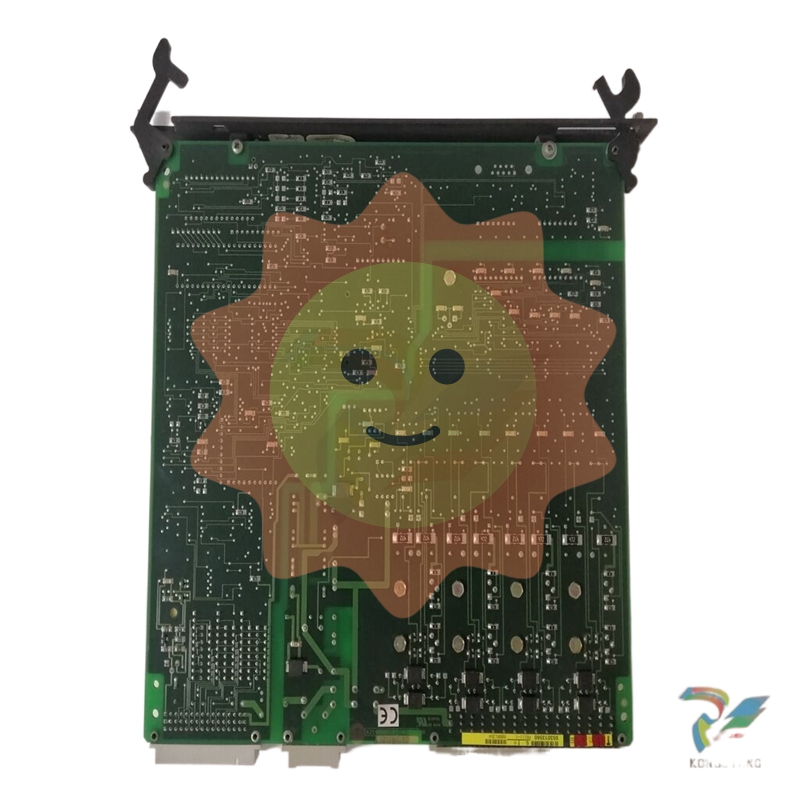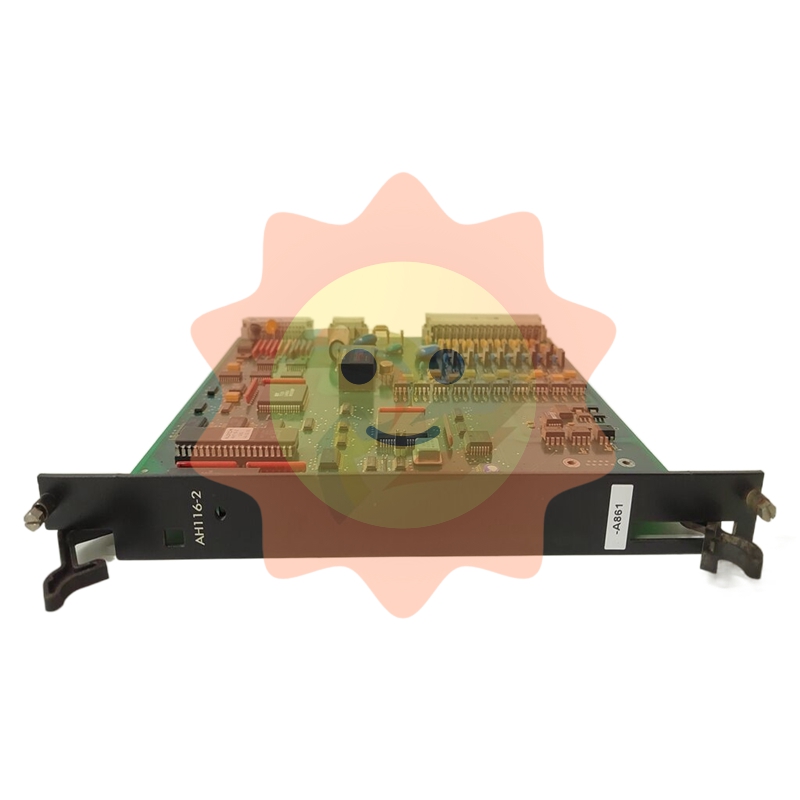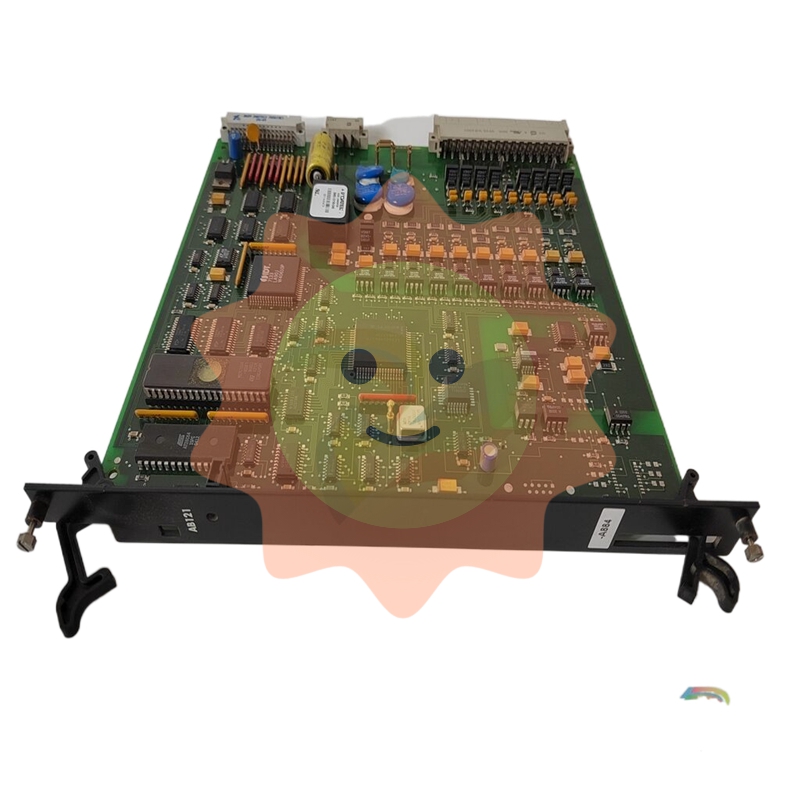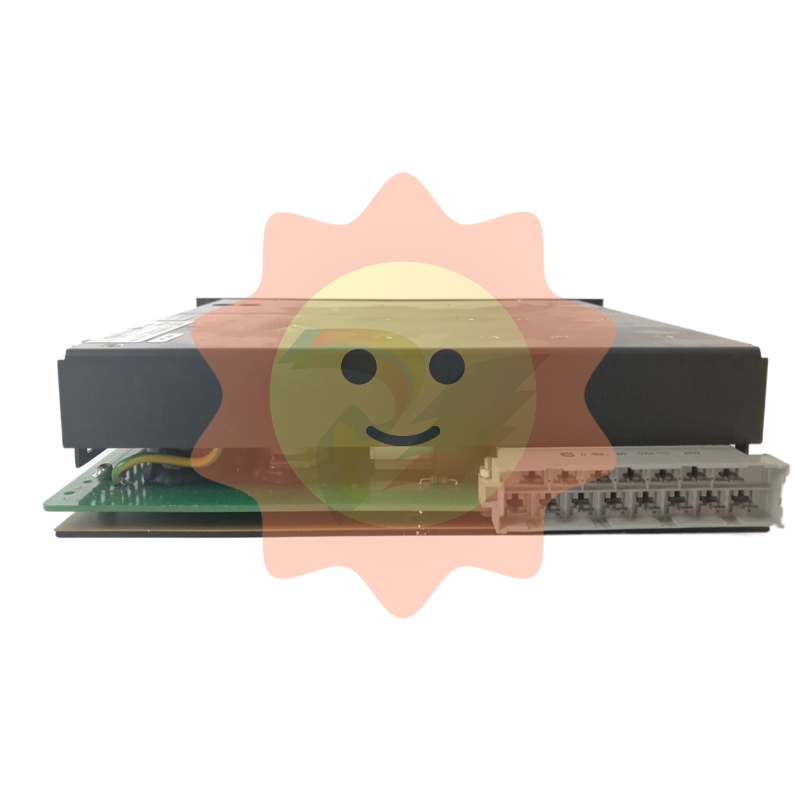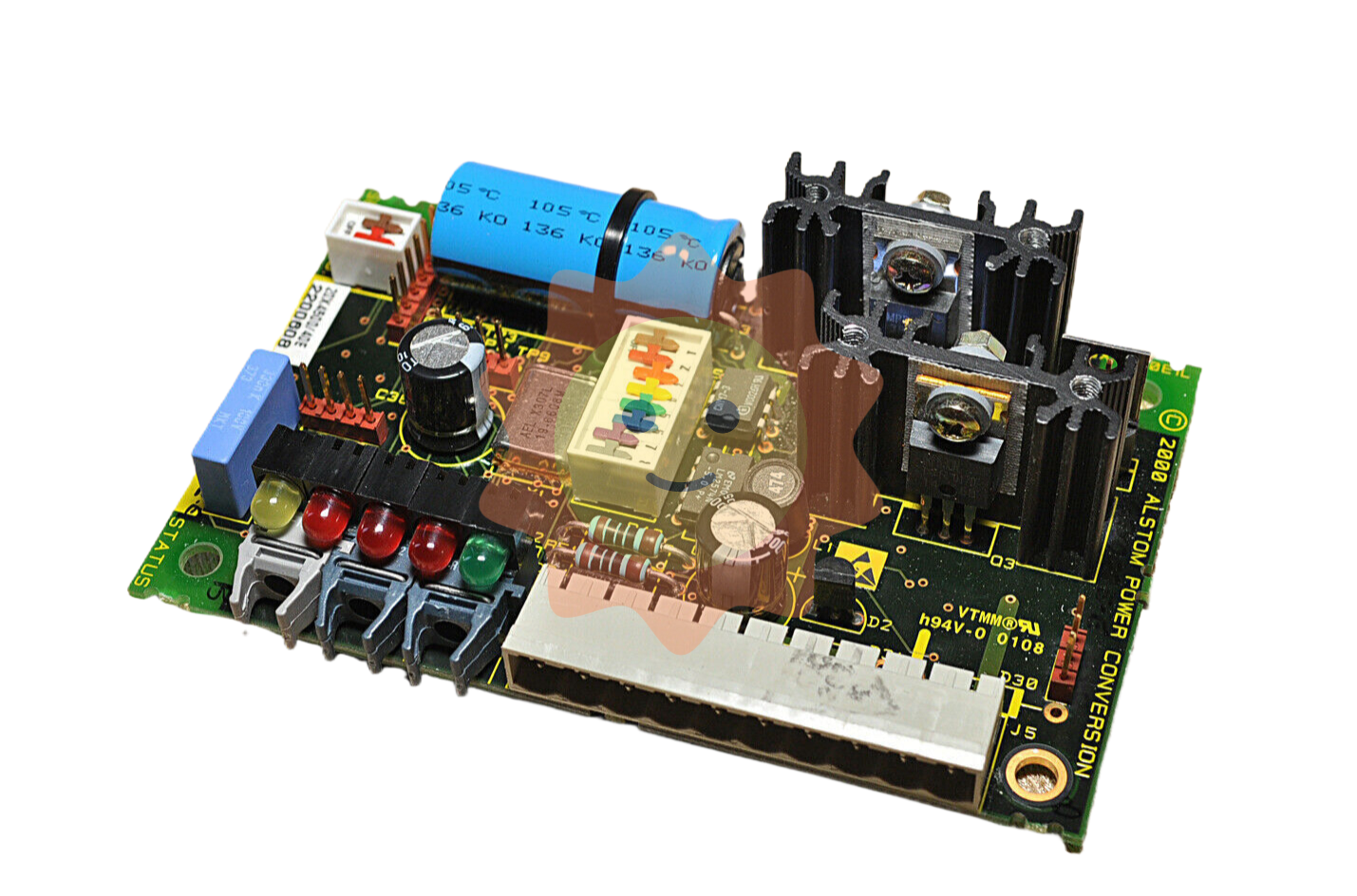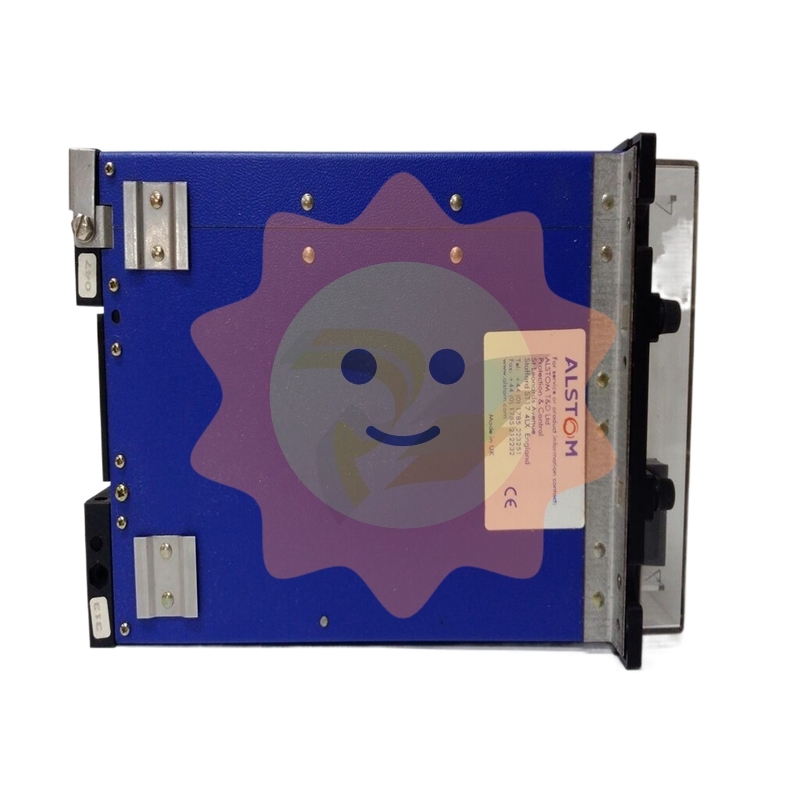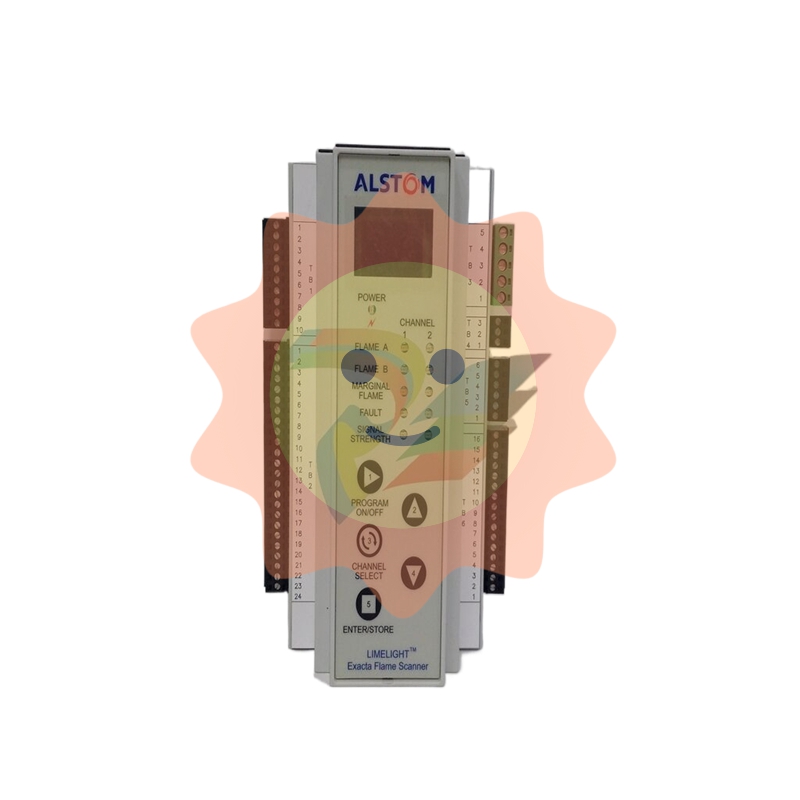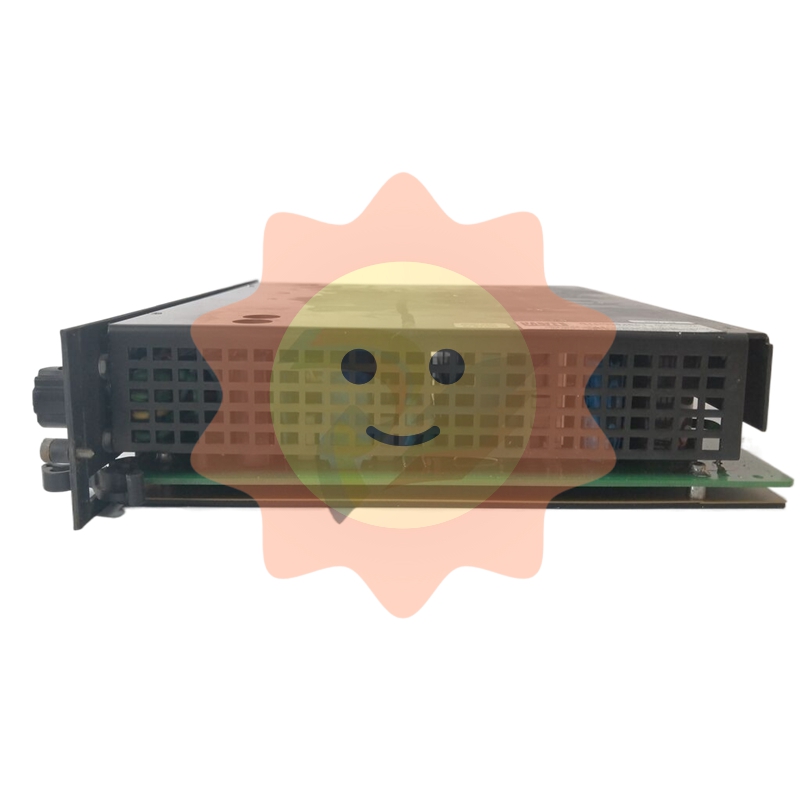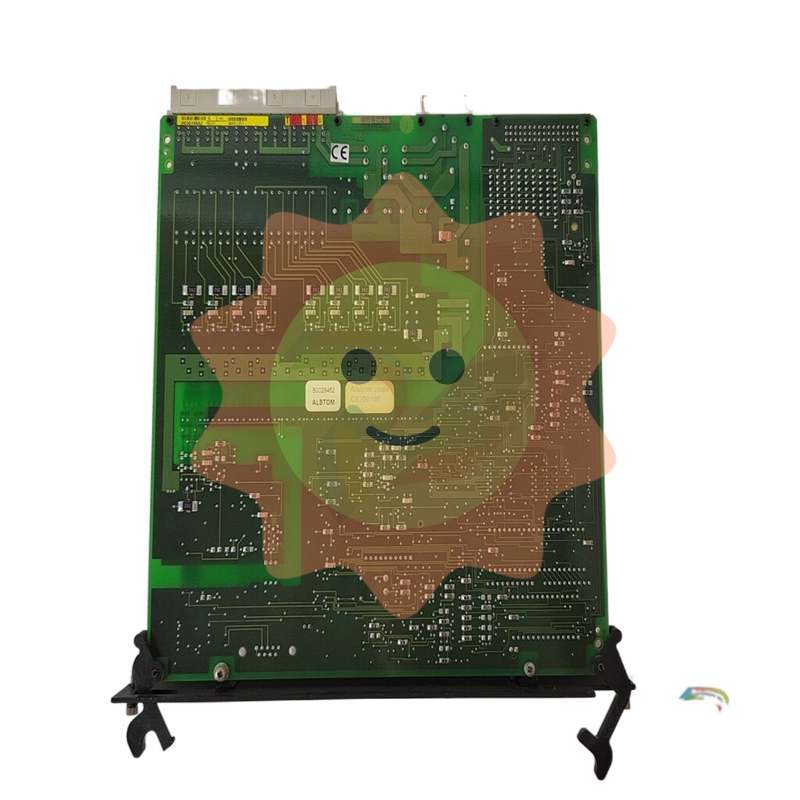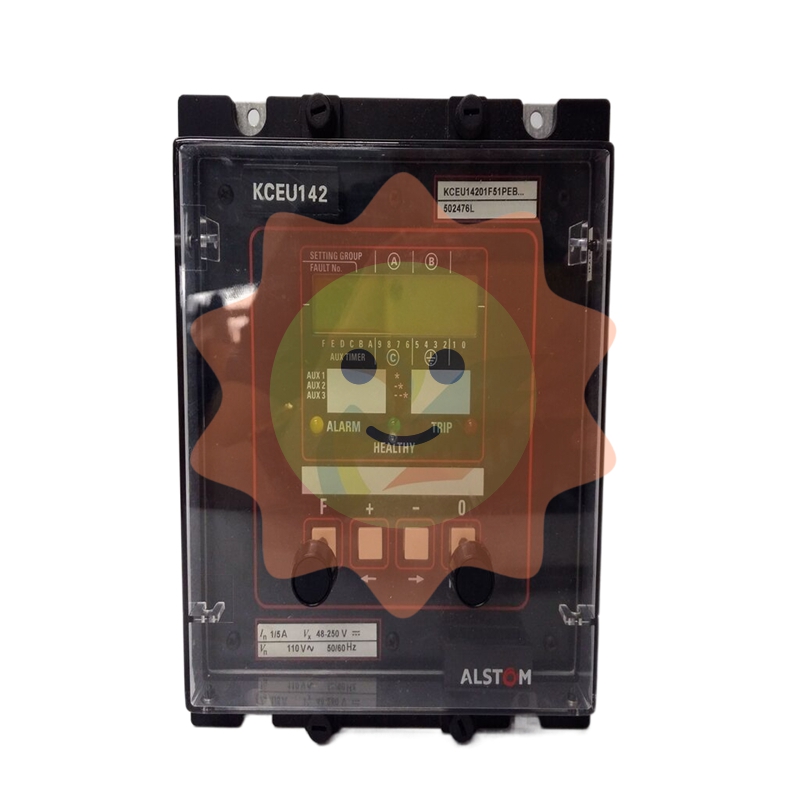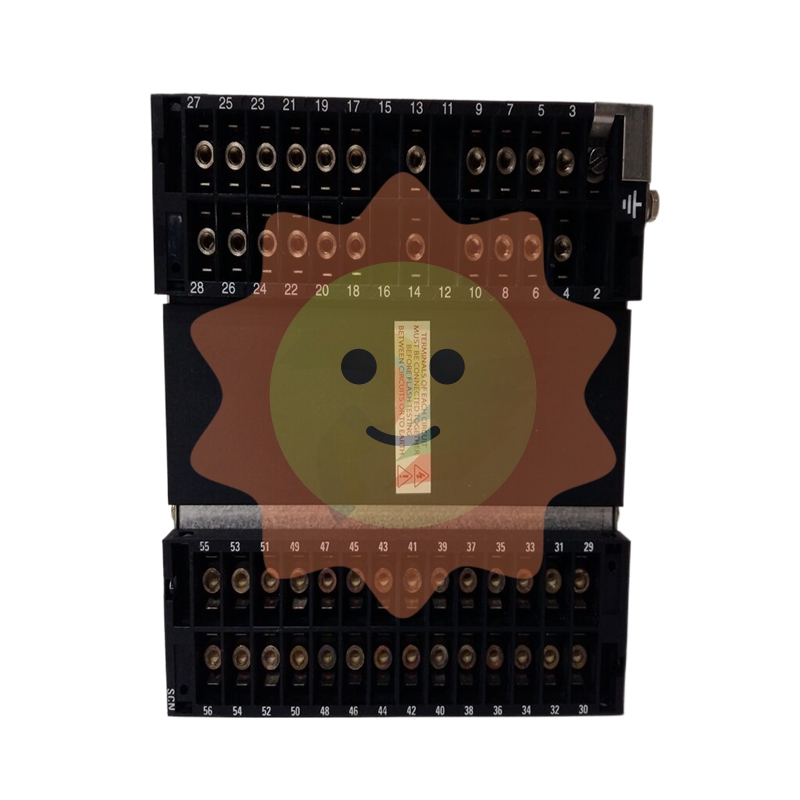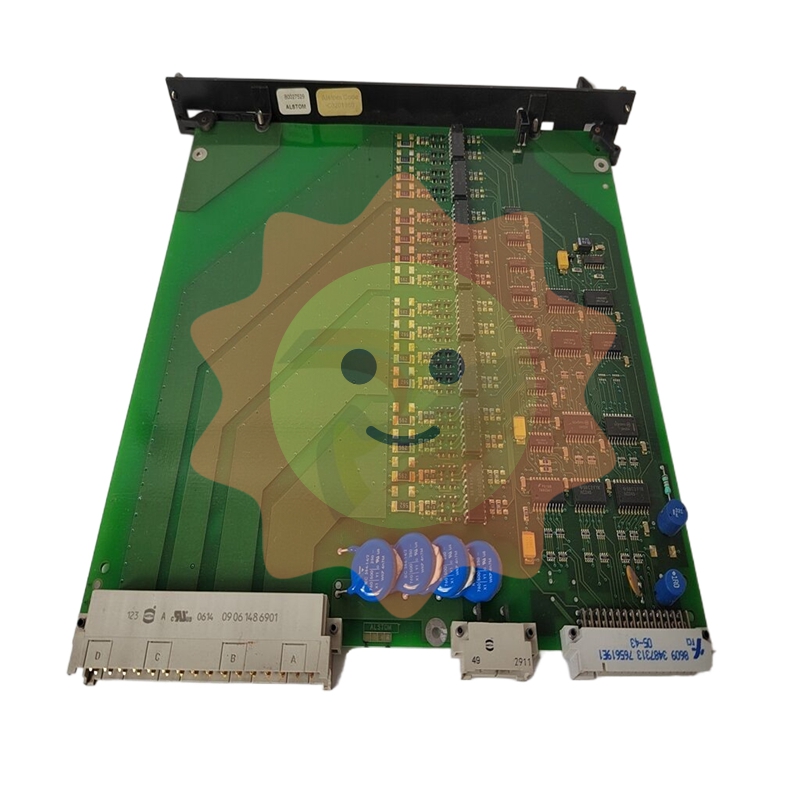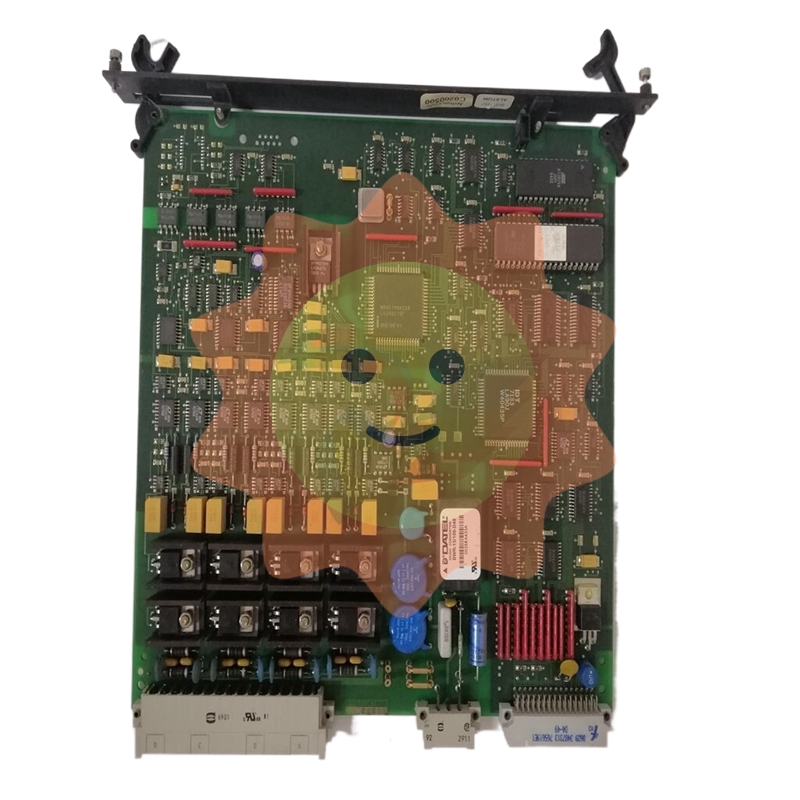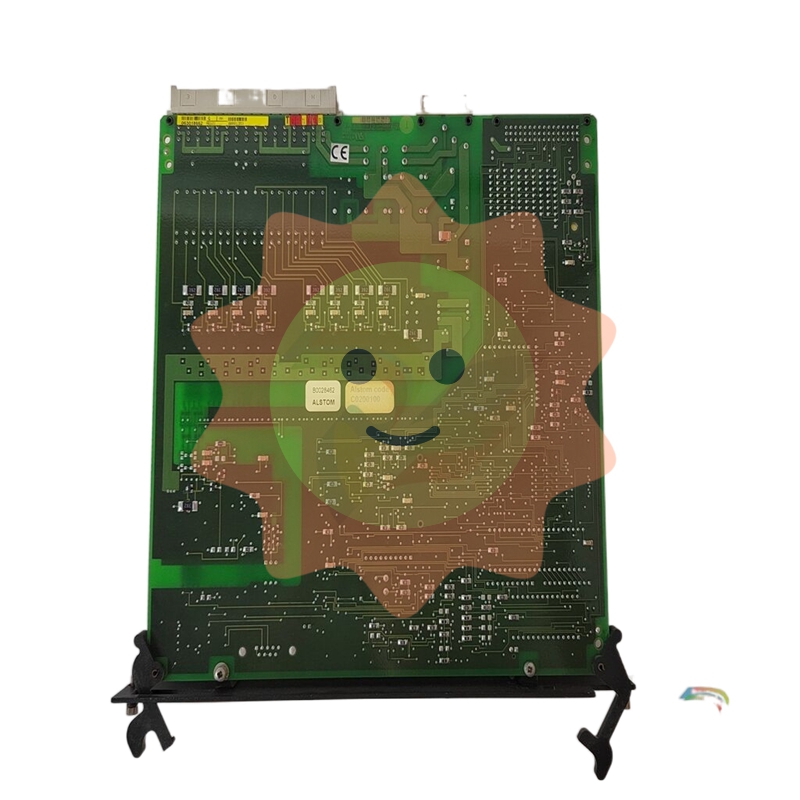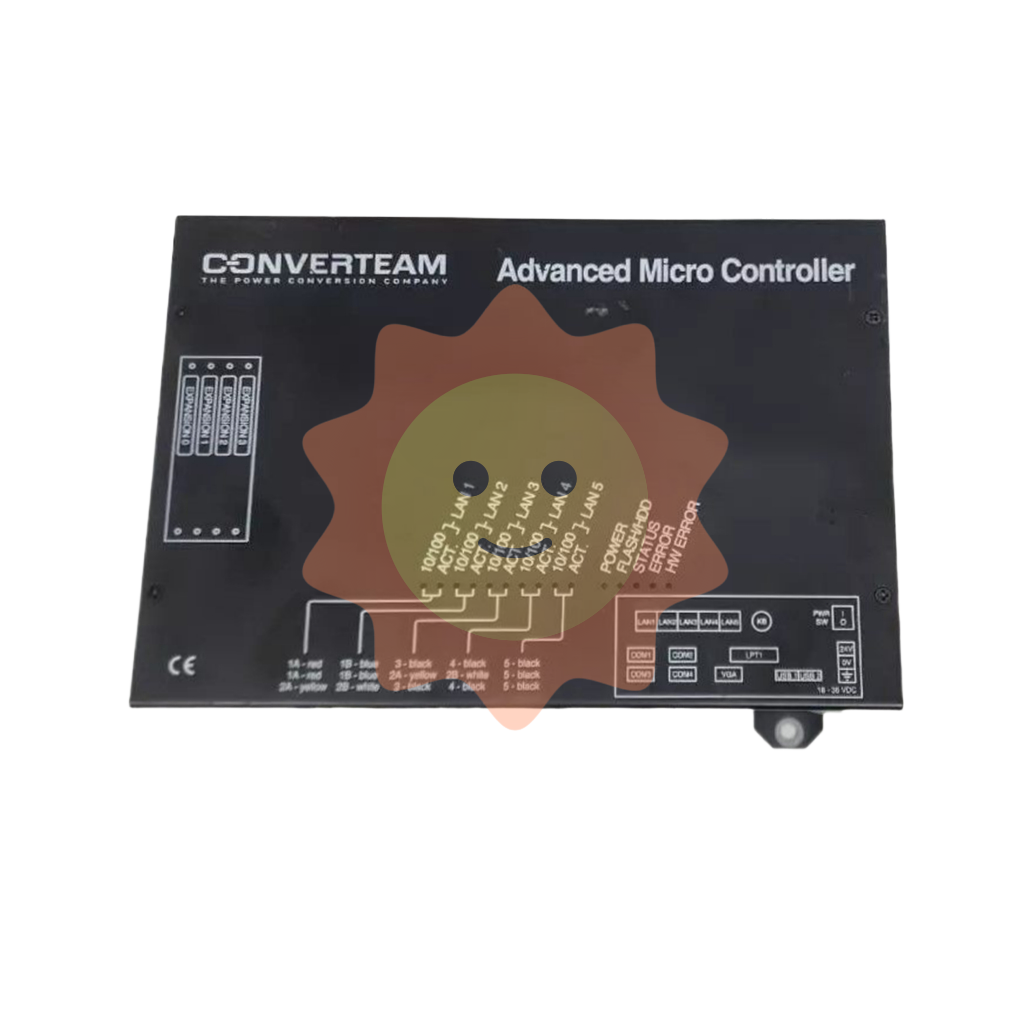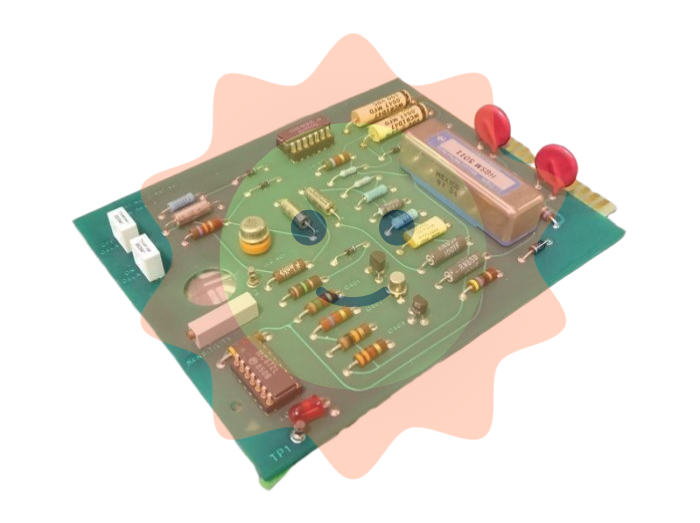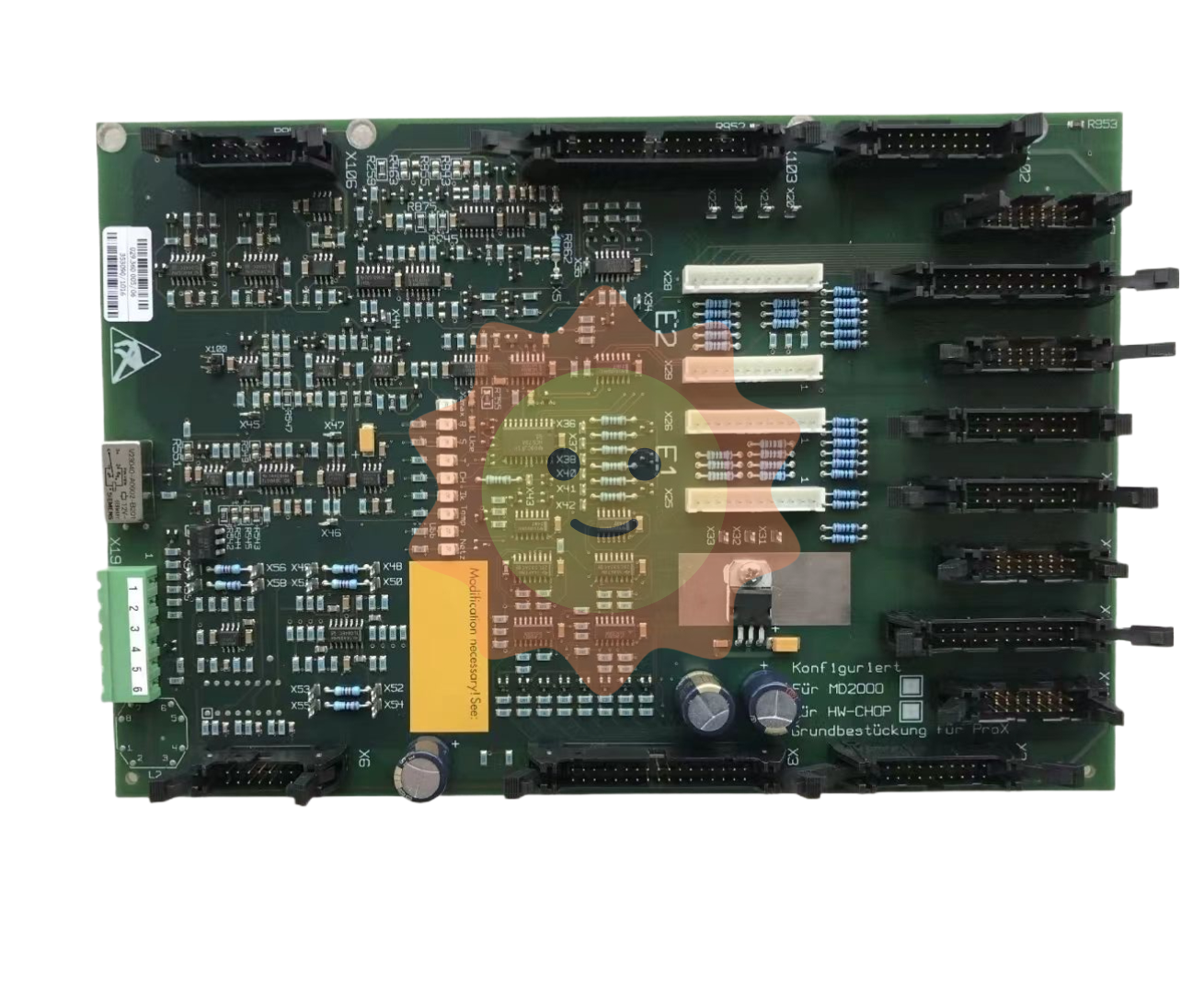A brief history of water treatment technology - Zero discharge
The first part is the origin of zero emission
The concept of zero discharge water treatment originated in the United States. The story also starts with the Colorado River, which stretches more than 2,300 kilometers across the United States and Mexico.
The Colorado River, which rises in The Rocky Mountains, has a salinity of only about 50 mg/l. In the middle of the last century, after the war, the industrial and agricultural development of the Colorado River basin was rapid, and the salinity of the downstream water continued to rise, and it was more than 1,300 mg/l when it entered Mexico. This not only caused widespread concern in the seven states along the route in the United States, but also led to strong protests from the Mexican government. In 1972, the United States Congress passed the famous Clean Water Act (Clean Water Act), which clearly stipulated that enterprises must obtain permission to discharge pollutants into natural water bodies in advance, and formally established the sewage permit system. In 1974, The United States created The Colorado River Basin Salinity Control Act.
At this time, it is the United States thermal power industry booming period. Thanks to abundant water and rising demand for electricity, many new power plants are being built along the Colorado River. But the government, worried that wastewater from these plants would further increase the salinity of the river, has lengthened the approval time, and it often takes years for companies to get permission for projects. As a result, some power plants have begun to consider and adopt wastewater treatment options aimed at eliminating effluents altogether, drastically reducing the approval time required for project permits, which can often be completed in a few months. Zero discharge water treatment came into being.
In 1974, the Navajo power plant in Arizona, the San Juan power plant in New Mexico and the Huntington power plant in Utah were put into operation. They set up an evaporation and concentration device for the end waste water, and introduce a small amount of concentrated water generated by the evaporation device into the evaporation pond, so as to achieve zero discharge. These are the first zero discharge treatment systems for industrial wastewater in the world. In 1980, the number of zero-emission power plants along the Colorado River increased to more than 10. In 2004, the number further increased to about 30. At this time, zero emission has already been widely used in other regions and industries, and the total number of industrial wastewater zero discharge devices built in the United States has reached about 120 sets.

The second part is the early development of zero emission technology
Early zero-discharge water treatment technologies were mainly based on evaporators and evaporation ponds. These two technologies have been widely used in other industries before being used for wastewater concentration. One of the typical industrial applications of evaporators is lye evaporation in the chlor-alkali industry. Students of chemical engineering should be familiar with this. Twenty years ago, my graduation internship was completed in the evaporation section of a chlor-alkali plant. In the United States, the first chlor-alkali plant was built as early as 1893, and the chlor-alkali industry has developed rapidly with the rise of petrochemical industry after 1940, and the application of large-scale evaporators has increased. These industries mainly use multi-effect evaporators.
There are three main challenges to wastewater evaporation compared to traditional evaporation applications. First, the low-solubility components in wastewater are easy to scale on the heat exchange surface during the evaporation and concentration process. Second, the chloride ions in the wastewater can easily cause corrosion to the heat exchange materials under the condition of concentration and heating. Third, because it does not directly produce any high-value products, users are generally more sensitive to energy consumption and operating costs.
To solve these problems, it is necessary to make corresponding improvements in the design and engineering of the original evaporator. And this is mainly done by some technically strong engineering companies. In the field of zero emission, especially evaporation crystallization, the three most well-known companies in the world are RCC, HPD and Aqua-Chem.
Founded in 1921 and headquartered in Illinois, HPD is known as the world's largest evaporation and crystallization company, providing more than 800 evaporation crystallization systems worldwide. In 1998, HPD was acquired by Veolia.
Founded in 1931 and headquartered in Wisconsin, Aqua-Chem is one of the pioneers of thermal desalination systems. In 2000, Aqua-Chem's Industrial Concentration and Desalination (ICD) division was acquired by Aquatech, which included the zero emission business.
Founded around 1970 and headquartered in Washington State, RCC was one of the first technology companies to push for zero emissions. It is no exaggeration to say that RCC was born for zero emissions. In 1993, RCC was acquired by Ionics. In 2005, Ionics was acquired by GE. In 2017, GE's water treatment business was acquired by Suez.
In the early 1970s, RCC researchers added a large number of calcium sulfate particles, with a particle size of tens of microns, to the wastewater evaporator, which formed a solid-liquid slurry with brine, and then entered the inner wall of the vertical heat exchange tube to achieve falling film evaporation. This is known as the Seeded Slurry Process. The crystal seed evaporator changes the precipitation position of calcium sulfate and other low solubility salts in the concentrated brine, so that the crystallization process preferentially occurs on the surface of suspended calcium sulfate particles, rather than the surface of the heat exchange tube, thus skillfully solving the problem of scale formation on the surface of the heat exchange tube.
At the same time, the aviation titanium material has also been used to manufacture the heat exchange tube of the wastewater evaporator, which effectively solves the problem of chloride ion corrosion; The mechanical steam compression (MVR) process has also been applied, which significantly reduces the absolute energy consumption of the evaporator and facilitates the use of electrical energy by users such as power plants. At this point, the crystal seed method MVR evaporator using titanium heat exchange tube has become the core of the first generation of zero emission treatment technology. To this day, MVR titanium tube evaporators are still standard for almost all zero-emission processes.

Evaporation ponds are an ancient technique that mimics natural processes. Because it is more limited by climatic conditions, it is subsequently replaced by spray dryers in some projects. In 1981, the Gainesville power plant in Florida was built with a zero-emission system that included a spray dryer behind the evaporator. However, the spray dryer needs to consume a large amount of hot air, the absolute energy consumption is extremely high, and the processing scale is limited, so it is gradually replaced by a forced circulation crystallizer with higher efficiency and greater operating flexibility. In this way, the combination of evaporator and crystallizer has gradually become synonymous with zero emission systems.
The third part is the development of membrane concentration technology
In the mid-late 1980s, reverse osmosis and electrodialysis desalination technology gradually matured and began to be used in the field of wastewater treatment and reuse. With the increase of application experience, people began to consider the use of reverse osmosis and electrodialysis in the evaporator before the initial concentration of wastewater, so as to reduce the treatment load of the evaporator. This is membrane concentration. Today, the advancement of membrane concentration technology largely determines the level of zero-emission technology. In 1991, the Doswell power plant in Virginia was commissioned with a zero emission system. The system reduces 56.8 t/h of wastewater to 20.2 t/h through tandem reverse electrode electrodialysis and reverse osmosis units (recovery rates of 85% and 75%, respectively) before feeding it into the evaporator and crystallizer, effectively reducing the overall investment and operating costs of the zero-emission process.
When reverse osmosis membrane concentration is used in zero emission process, the main goal of technological progress is to continuously increase the recovery rate. This consists of two phases, mainly relying on increased pretreatment levels to improve recovery before osmotic pressure becomes a limiting factor; After osmotic pressure becomes a limiting factor, the limit of osmotic pressure can be broken mainly by increasing the operating pressure or adjusting the retention characteristics of the membrane.
In 1996-1997, IndiAn-American engineer Debasish Mukhopadhyay proposed a combined reverse osmosis process characterized by ion exchange dehardening and high pH RO operation (pH>8.5). Deb has applied for a patent as the sole inventor and patentee (US5,925,255). This is the High Efficiency Reverse osmosis (HERO) process.
At the beginning of the HERO process, it was mainly used for ultra-pure water preparation projects. Through the ionization of silica at high pH values, the HERO process improves the silicon retention rate of the reverse osmosis membrane while having a higher system water recovery rate. HERO rose to prominence when Aquac used it as its main membrane concentration process for zero-emission projects. Interestingly, Texaco also filed a patent (US5,250,185) in 1992 for a combined reverse osmosis with the main features of de-hardening and high pH RO operation (pH>9.5). The combined process was initially used to remove boron from oil field production water. Veolia later bought an exclusive license to the patent and based on it launched the so-called Optimized Pretreatment and Unique Separation (OPUS) process as its main film concentration process in zero-emission projects.
As two patented membrane concentration processes, OPUS and HERO share some similarities in technical characteristics. This led to some patent disputes between them later. It is undeniable that some technical ideas in these two combined membrane concentration processes have promoted the progress of conventional membrane concentration processes, and the design of complete softening, multi-stage thickening, and interstage softening has gradually become the mainstream membrane thickening processes in the industry.

The extensive application of membrane concentration in zero emission process greatly improves the treatment scale of zero emission project. In 2010, Shell (Shell) in Qatar (Qatar) built a total investment of 18 billion US dollars of natural gas liquefaction plant, its supporting construction of zero emission system processing scale of 30,000 tons/day, investment reached 255 million euros, is the world's largest zero emission project.
As mentioned earlier, another way to increase the concentration limit is to increase the operating pressure of the reverse osmosis membrane. The high pressure film is the product of this idea. Disc-tube reverse osmosis membrane (DTRO) is the earliest high pressure membrane, which originated in Germany. In 1988, the German company ROchem built the world's first practical DTRO device to treat landfill leachate. In 1998, ROchem was acquired by Pall. Around 2010, DTRO was introduced into the zero-emission process as a secondary enrichment after conventional reverse osmosis enrichment, achieving a concentration limit of 10% or more. In 2015, Pall was acquired by Danaher. At the same time, homogeneous membrane electrodialysis technology, previously used for seawater concentration and salt production, was also introduced into the zero-discharge process. As a secondary concentration process without osmotic pressure limitation, the concentration limit of electrodialysis is higher, up to 15%-20%. This makes it successively applied in some zero-emission projects in papermaking, coal chemical industry, thermal power and other industries.
Since 2016, reverse osmosis membrane manufacturers such as Suez (formerly GE Water Treatment) and DuPont (formerly Dow Water Treatment) have launched high-pressure roll reverse osmosis membrane products, with the maximum operating pressure up to 10-12MPa and the concentration limit reaching about 9%-12%. Some domestic research units have also developed high-salt reverse osmosis (HSRO) membrane products, combined with two-stage or three-stage system design, can achieve a concentration limit of 10%-15% under operating pressure of no more than 7MPa.
The fourth part is zero emissions in China
In 1979, Associate Professor Wu Xinjiu of East China Institute of Chemical Technology published an article on "the concept of zero discharge of circulating cooling Water" in the journal of Chemical Industry Water Supply and Drainage Design. This may be the first time that Chinese scholars have discussed the issue of zero emissions academically. In the 1980s, scholars have discussed the problem of zero discharge of wastewater in thermal power, oil refining, electroplating and other industries, but the idea is mainly focused on the reduction of wastewater and internal consumption. Around 1990, some scholars began to publish articles introducing the use of water treatment technology in the United States, Australia and other countries to achieve zero emissions. As a water treatment technology, zero discharge has attracted initial attention in China. In the 1990s, domestic awareness of zero-emission treatment technology was growing, but there was little impact on technology research or demonstration validation. In July 2002, SETC and the US Department of Commerce jointly held the China-Us Workshop on Zero Discharge Technology of industrial wastewater in Beijing.
In 2004, the 1.08 million tons/year coal direct liquefaction project of Shenhua Group started construction in Ordos. Due to the fragile ecological environment in the area and the lack of sewage, the project decided to adopt zero discharge treatment technology. This project marks the official opening of the application of zero discharge treatment technology for industrial wastewater in China.
In 2005, the National Development and Reform Commission and other departments organized the formulation of China's water-saving technology policy outline. It is clearly proposed to develop the reuse and zero discharge technology of industrial wastewater, and encourage enterprises in areas with high water shortage and ecological environment requirements to apply zero discharge technology of wastewater.
In 2007, the State Environmental Protection Administration and the National Development and Reform Commission formulated the 11th Five-Year Plan for environmental protection. In key industries such as iron and steel, electric power, chemical industry and coal, promote the recycling of waste water and strive to achieve little or zero discharge of waste water. In the same year, the construction of the first phase of Guangdong Heyuan Power Plant began. Because the plant is next to the Dongjiang River, which supplies water to Hong Kong, Shenzhen and other places, the EIA explicitly requires zero discharge of wastewater.
At the end of 2008, the Shenhua Direct liquefaction project began commissioning. The project has built a zero-emission system with two-effect evaporator as the core. Complex pretreatment and pre-concentration processes including advanced oxidation, membrane bioreactor and reverse osmosis membrane concentration are used in the front end, and evaporation ponds are used in the back end to absorb the evaporator tail water.

In 2009, the first phase of Heyuan Power Plant was completed and put into operation. It also became the first power plant in China to achieve zero waste water discharge. The zero discharge system adopts the process of double alkali softening and full water evaporation.
In 2011, the national 12th Five-Year Plan for environmental Protection further proposed to study policies and measures to encourage enterprises to zero waste water discharge.
In July 2012, a group incident occurred in Nantong, Jiangsu Province to boycott the wastewater discharge project of Prince Paper industry. In 2014, the world's third largest and Asia's first papermaking enterprise built China's first papermaking wastewater zero discharge project. This is also the earliest zero-emission project in China to adopt the electrodialysis secondary concentration process.
In 2015, Huaneng Changxing Power Plant also built the country's first zero-emission system using positive osmosis technology. However, due to the complexity of the regeneration process and the low flux of the positive permeation membrane, the positive permeation technology has not been applied in the zero-emission project on a large scale. In the same year, the state officially issued the "Water Ten" to comprehensively strengthen the prevention and control of water pollution. At the end of 2015, the Ministry of Environmental Protection issued the "Environmental Access Conditions for Modern Coal Chemical Construction Projects (Trial)". The document clearly requires that modern coal chemical construction projects should take effective disposal measures for high-salt wastewater in areas lacking sewage bodies, shall not pollute groundwater, atmosphere, and soil, and the salt mud generated by wastewater treatment that cannot be reused as a resource shall be temporarily managed as hazardous waste. This not only clearly puts forward the requirement of zero discharge of wastewater for new coal chemical enterprises, but also guides the development of zero discharge process gradually to the direction of salt crystallization.
- EMERSON
- Honeywell
- CTI
- Rolls-Royce
- General Electric
- Woodward
- Yaskawa
- xYCOM
- Motorola
- Siemens
- Rockwell
- ABB
- B&R
- HIMA
- Construction site
- electricity
- Automobile market
- PLC
- DCS
- Motor drivers
- VSD
- Implications
- cement
- CO2
- CEM
- methane
- Artificial intelligence
- Titanic
- Solar energy
- Hydrogen fuel cell
- Hydrogen and fuel cells
- Hydrogen and oxygen fuel cells
- tyre
- Chemical fiber
- dynamo
- corpuscle
- Pulp and paper
- printing
- fossil
- FANUC
- Food and beverage
- Life science
- Sewage treatment
- Personal care
- electricity
- boats
- infrastructure
- Automobile industry
- metallurgy
- Nuclear power generation
- Geothermal power generation
- Water and wastewater
- Infrastructure construction
- Mine hazard
- steel
- papermaking
- Natural gas industry
- Infrastructure construction
- Power and energy
- Rubber and plastic
- Renewable energy
- pharmacy
- mining
- Plastic industry
- Schneider
- Kongsberg
- NI
- Wind energy
- International petroleum
- International new energy network
- gas
- WATLOW
- ProSoft
- SEW
- wind
- ADVANCED
- Reliance
- YOKOGAWA
- TRICONEX
- FOXBORO
- METSO
- MAN
- Advantest
- ADVANCED
- ALSTOM
- Control Wave
- AB
- AMAT
- STUDER
- KONGSBERG
- MOTOROLA
- DANAHER MOTION
- Bentley
- Galil
- EATON
- MOLEX
- Triconex
- DEIF
- B&W


email:1583694102@qq.com
wang@kongjiangauto.com

